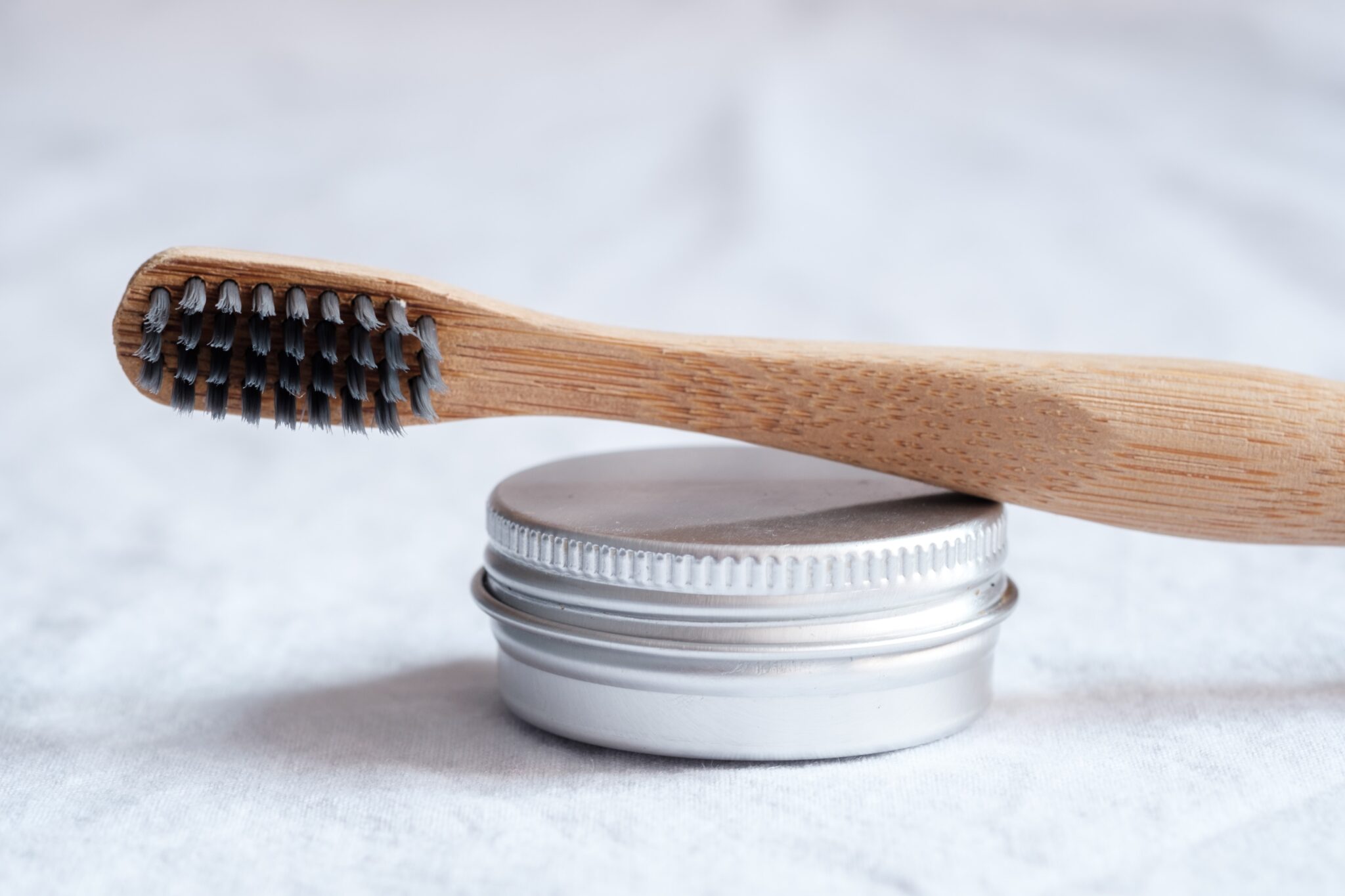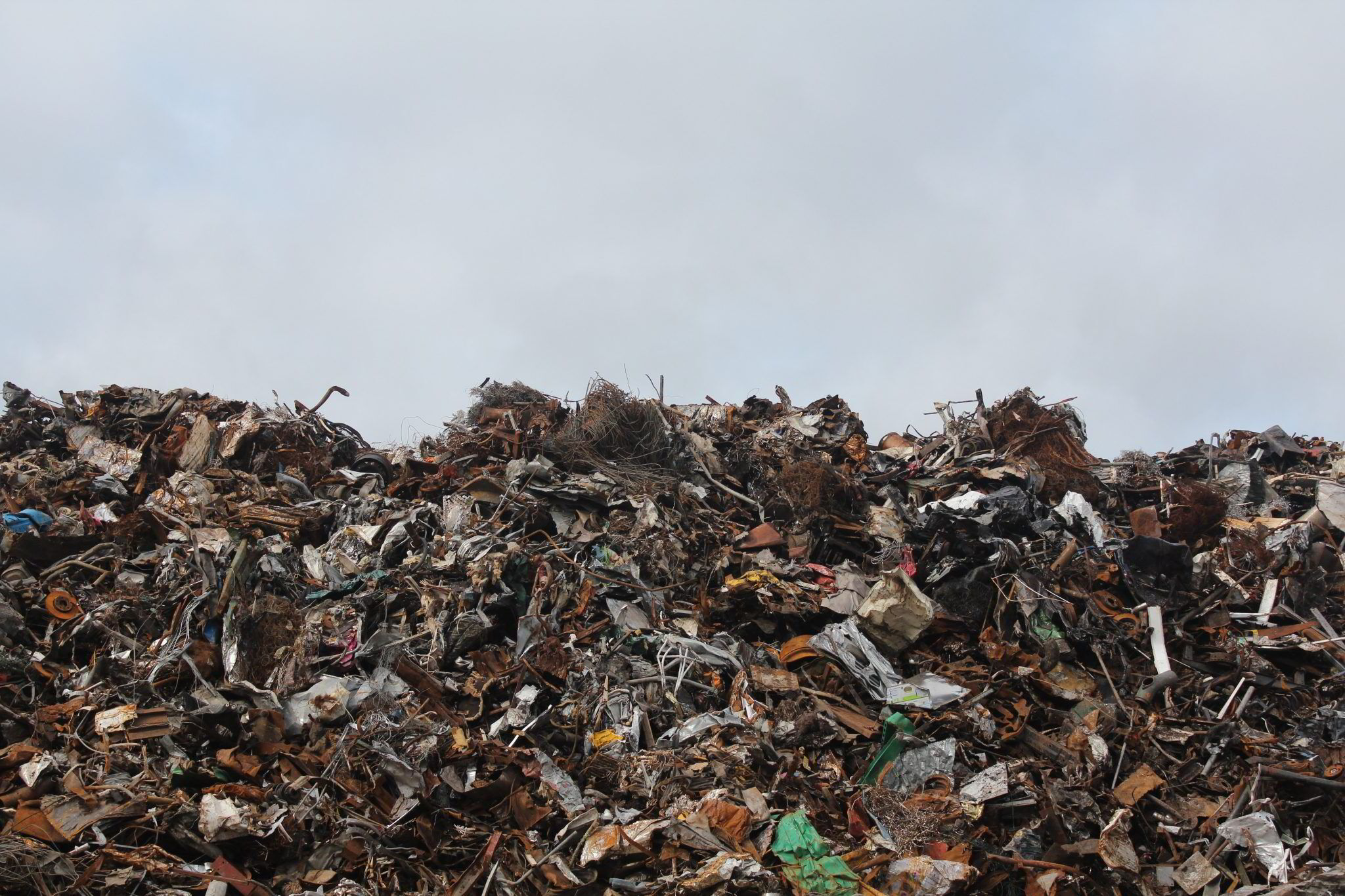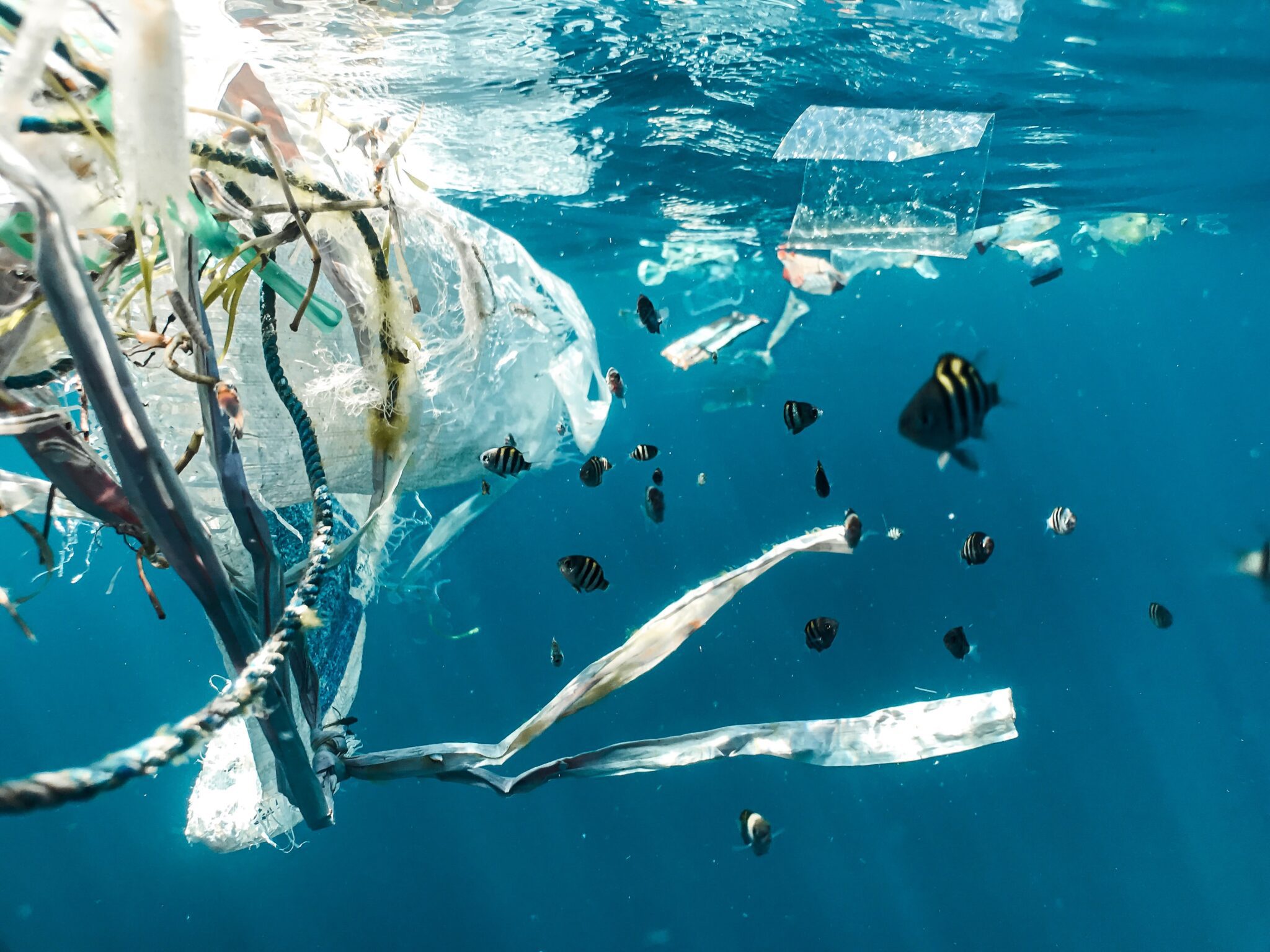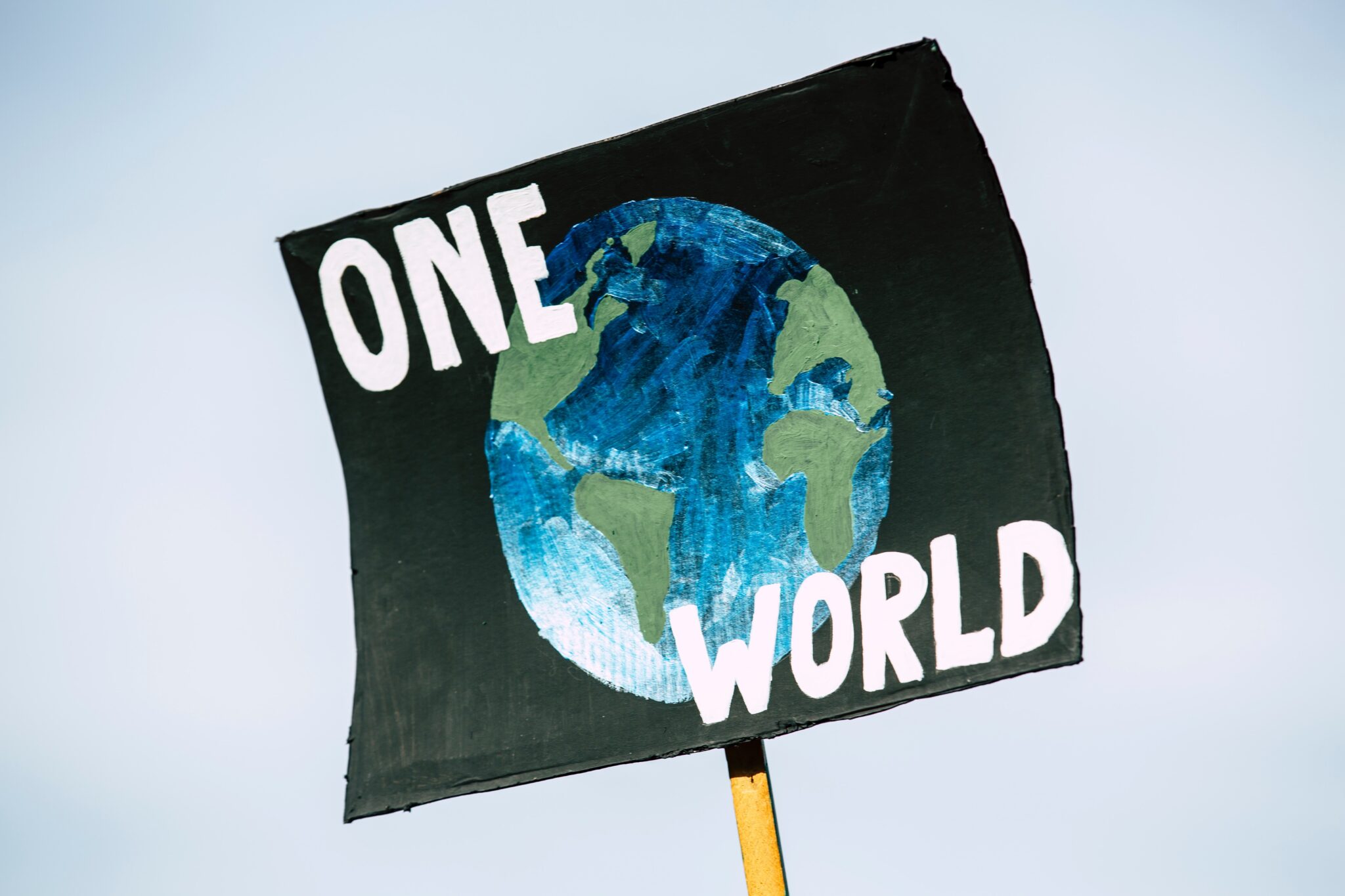
The other morning, I learned that the American Dental Association suggests replacing your toothbrush every three to four months.
Though that fact wasn’t necessarily surprising to me, it got me thinking about the broader environmental implications of replacing such a common household item so frequently.
I wondered: if every American replaces their toothbrush as regularly as the American Dental Association suggests, how many toothbrushes were being disposed of each year in the U.S. alone? How about globally? Better yet, what was the environmental cost of such waste, and is there anything we, as consumers, can do to mitigate that cost?
Well, it didn’t take long to find some answers. According to National Geographic, a billion toothbrushes are thrown away in the U.S. every year – a staggering statistic. As I quickly learned, plastic toothbrushes are also unrecyclable due to the composite plastics that are essentially impossible to break apart efficiently. This means that “nearly every single toothbrush made since the 1930s is still out there in the world somewhere, living on as a piece of trash.”
I suspected the environmental cost would be severe, but to know that billions of toothbrushes were out there sitting as unrecyclable plastic waste was devastating. Nevertheless, I’ve also been hearing more and more of alternatives that claim to be greener than the classic plastic toothbrush, and I wanted to get to the bottom of my last and most important question: what can consumers do to reduce the environmental cost of dental hygiene?

Understanding that conflicting facts and opinions can create quite a complicated and confusing space for those trying to make a genuine effort to be more environmentally conscious, I wanted to do the work for you and dedicate the rest of this piece to sharing my learnings of the last week.
To begin, I’ll start with a reassuring statement: there are in fact ways that we can reduce our environmental impact when it comes to dental hygiene products, and I’ll be focusing on toothbrushes to illustrate how.
During my research, I found an interesting study published by Trinity College Dublin in 2020. It compared the sustainability of the manual plastic toothbrush, the electric brush, the plastic brush with a replaceable head, and the bamboo brush. To no surprise, the electric toothbrush fared significantly worse than the others.
In fact, its climate change potential was eleven times greater than the bamboo toothbrush. According to Dr. Brett Duane, the lead researcher on the study, there is also “not a lot of evidence to show they are more effective unless you struggle to clean your teeth with a normal toothbrush.”
So, the electric toothbrush is out of the picture, as is the manual plastic toothbrush for the reasons I stated at the beginning of this piece. But how about the plastic brush with a replaceable head as well as the bamboo brush?
Well, when a toothbrush has a replaceable head (meaning the head pops out of the handle and can be replaced when the bristles wear down), you can hypothetically keep the toothbrush handle for years. That means that when you go to replace your toothbrush every few months, you’re only disposing of about a third of what you’d be throwing away with a classic toothbrush. Though this isn’t a 100% sustainable option – as you’re still disposing of unrecyclable waste – it is certainly a much better alternative, as waste is significantly reduced.

As for bamboo toothbrushes, the entire brush can be composted with the exception of the bristles, in most cases. This makes them a great substitute for traditional brushes because they can break down and decompose either in an industrial composting facility or in your home compost. Nevertheless, most brushes contain nylon bristles, which means you must remove the bristles with pliers or tweezers before composting. (Here is a helpful guide on how to compost your bamboo toothbrush correctly.)
[Editor’s note: Dragonfly Effect Naturals, a social impact business we helped fund back in 2018, creates sustainable products that give back. Their “sustainabrush” is a compostable bamboo toothbrush!]
Taking the advantages of both of these types of toothbrushes into account, bamboo toothbrushes with replaceable heads seem like the most sustainable option currently on the market.
They combine the waste-reducing feature of replaceable heads with a more eco-friendly material, bamboo. Check out Bamboo Toothbrush, by Etee ($5) and Brush, by Bite (2 pack for $12) for this type of toothbrush.
However, the Trinity College Dublin study did caution against seeing bamboo toothbrushes (replaceable head or not) as the end-all-be-all solution. Though they found both brushes with replaceable heads and bamboo brushes to be better for the environment than a traditional brush, the most sustainable option was a hypothetical continually recycled plastic toothbrush. Nevertheless, this would require a system where plastic toothbrushes “can be collected like batteries and then recycled into new products,” something we don’t currently have.
So until we have a system like that, we must choose from the products that are currently available to us. And if, for whatever reason, you can’t get your hands on a toothbrush with a removable head, a bamboo toothbrush, or one with both, remember that repurposing goes a long way, too.
No matter what kind of toothbrush you own, remember to always repurpose it after it’s no longer good for brushing in order to prolong its lifecycle and to ultimately reduce waste. For example, use it to clean tricky spots like around your faucet, items with grooves such as food storage containers, and even your cheese grater. (You can find a more complete list of ideas for repurposing your old toothbrush here.)

And at the end of the day, remember that this isn’t a conversation solely about toothbrushes, either. It’s about being more aware of our environmental impact and making educated and careful decisions as conscious consumers, not only for the environment but for our own health, too.
In fact, the more I looked into the environmental cost of toothbrushes, the more I found it strange that when discussing products related to our physical health, the health of our environment is often treated only as an afterthought, or overlooked altogether.
The reality is, our bodies and our environment are inextricably linked, which means our physical health is dependent on how well we take care of the world around us. In this way, taking care of our environment is taking care of our physical health, and our conversations around health must change to better reflect that.
–
Emma is a recent graduate of McGill University, majoring in International Development Studies while minoring in History and Philosophy. As someone with a strong commitment to social justice and a keen interest in politics, she believes in the value of grassroots organizing as a means to making the world a better place. Emma currently resides in the suburbs of Philadelphia where she enjoys going to the beach, reading, listening to podcasts, and spending time with friends. Contact her at: emma[at]starduststartupfactory.org.


